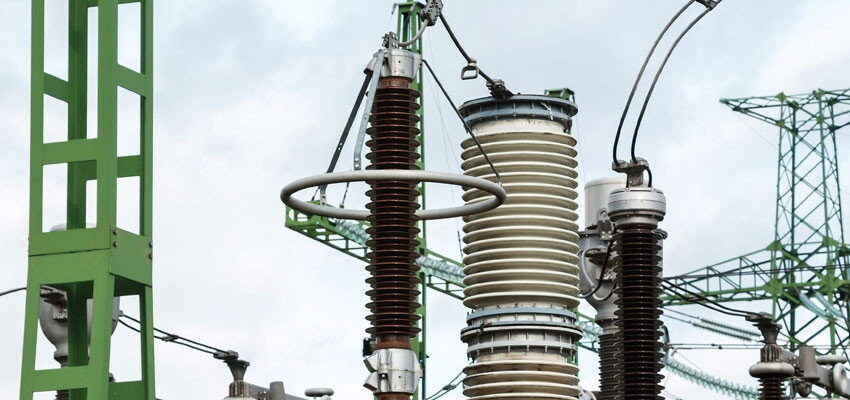
Influence of cable lengths on power transformers protection
Abstract The aim of this research article is to determine the way to install surge arresters close to a power transformer to provide protection against...
byJesús Bernal

Abstract
The aim of this research article is to determine the way to install surge arresters close to a power transformer to provide protection against lightning overvoltage. Depending on the length of the cables used in the installation, the insulation levels in base insulators of surge arresters and bushings of transformers change according to the voltage they support. For validation purposes, the voltage at base insulators and bushings has been analysed for different cable lengths in a typical substation. The results obtained from the simulations conducted with the ATP-EMTP software show the maximum lengths that cannot be exceeded for each insulation level selected for base insulators and bushings in case of a 145 kV power transformer.
Keywords: overvoltage, insulated cables, surge arresters, base insulators, transformer bushings
Introduction
The purpose of this article is to investigate overvoltages which appear at the bushing terminals of a Power Transformer (PT) when the transformer is protected by surge arresters (SA), as well as overvoltage appearing in the insulators of the base of surge arresters when an insulated cable provides the connection between the base and the surge counter.
In order to study the cases above, three distances are considered:
- The distance between the PT and the point where the SA is connected: L1
- The length of the conductor that connects the SA with the line: L2
- The length of the grounding conductor of the SA (between the base and surge counter): L3
- The length of the grounding conductor between the surge counter and the earthing system: L4
In case of an overvoltage, each of the conductors will suffer a voltage drop when a high current flows through the surge arrester, affecting the terminal voltage. The considered length of the connection between the surge counter and the grounding system is about 1.5 metres. This length (L4) was kept constant because it determines the location of the counter, which has to be within easy reach for the worker conducting the reading.
Depending on the distance between the base of the surge arresters and the surge counter (L3), the base insulators of surge arresters will suffer different overvoltage. Since many manufacturers recommend maximum lengths (L3) for the base insulators that they supply, overvoltage in these insulators has been studied depending on the length L3.
System modelling
This study is based on the use of detailed computational simulations using the Electro-Magnetic Transient Program – Alternative Transient Program (EMTP-ATP). This version of the EMTP (ATP) is a universal program system for digital simulation of transient phenomena, both electromagnetic and electromechanical in nature. Using this digital programme, complex networks and control systems of arbitrary structure can be simulated.
Besides the computation of transients, ATP has extensive modelling capabilities and additional important features. Also, the software is regularly updated by the EMTP-ATP user groups [1].
This model has been made in accordance with IEC 600071-4 [2] and the guidelines referenced under [3], [4] and [5]. Being a deterministic study, the worst-case scenarios will be considered here.







